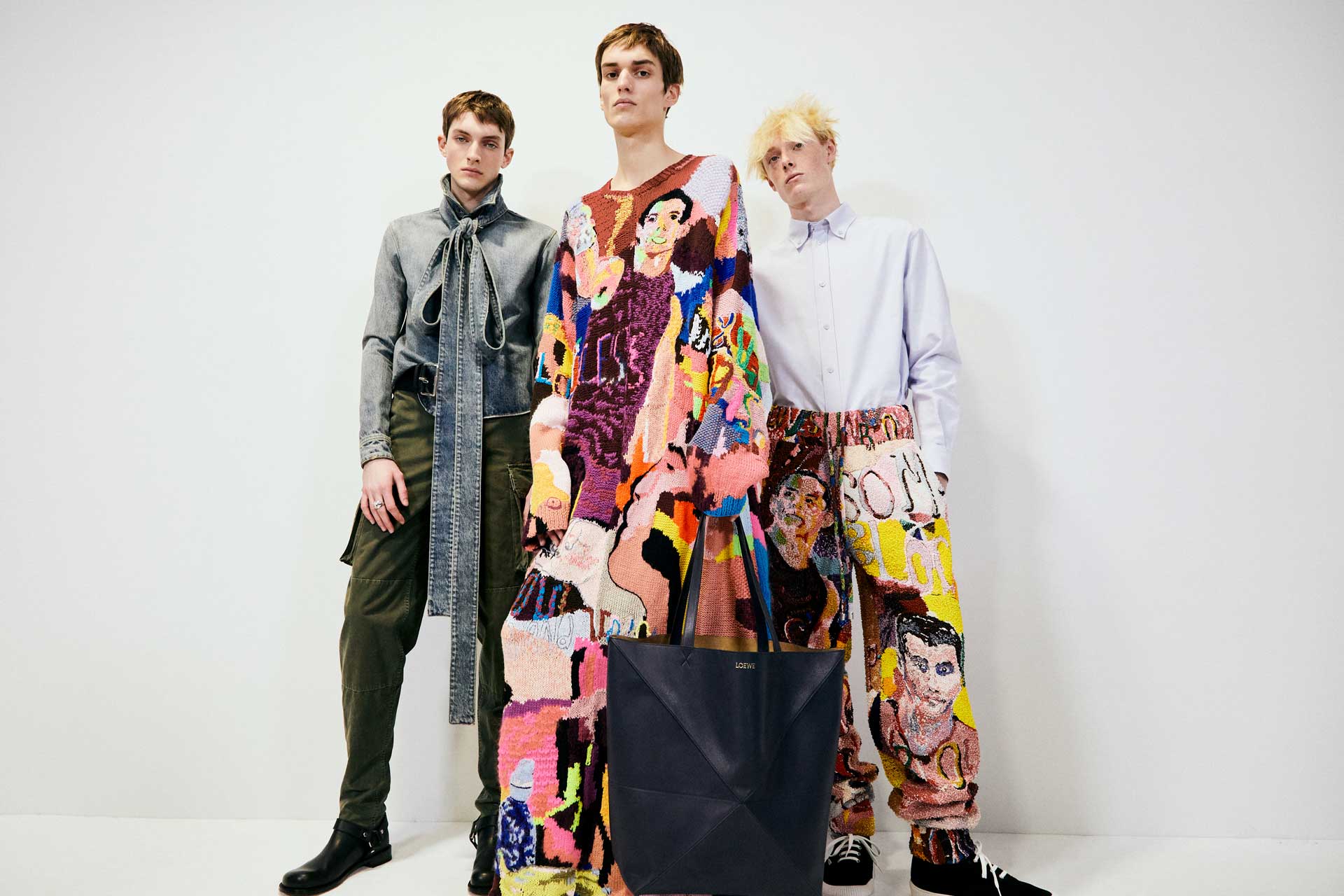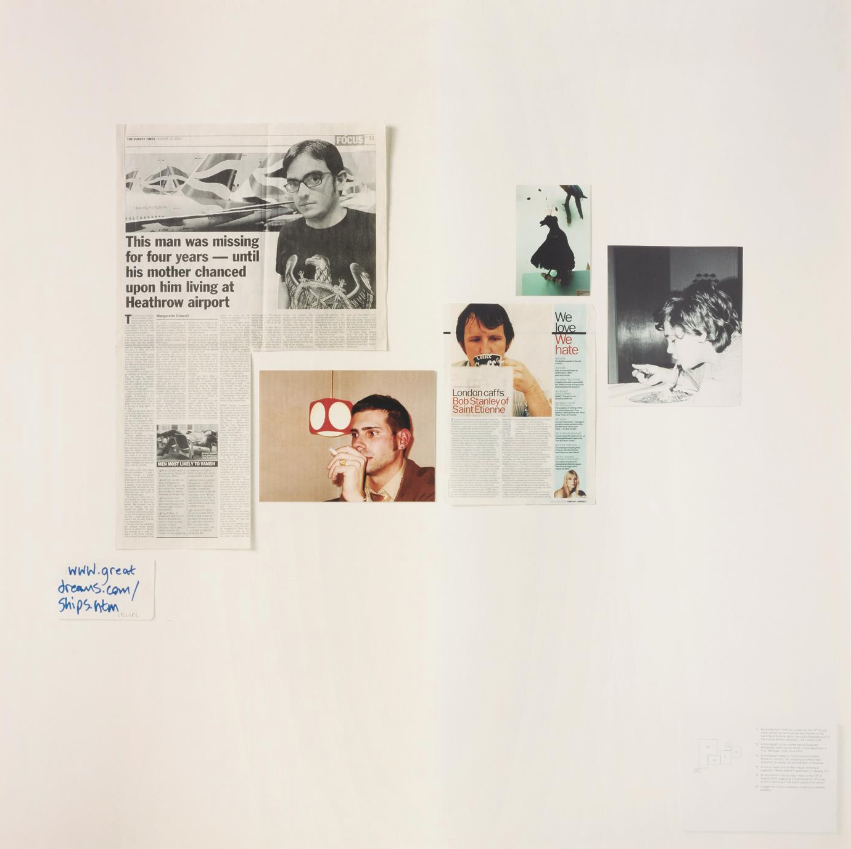Wind
2017 - Sculpture (Sculpture)
220 x 120 x 5 cm
Antonio Pichillá
Wind by Antonio Pichillá is a textile piece depicting the glyph that represents the element wind in the Mayan tradition. It is woven in the four colors of each of the cardinal points which, together, symbolize the entire universe. It is woven mostly with knots that the artist refers to as a “bond between two or more systems that also represents a closure […] the knot in the throat that submerges the voice.” This piece, like other works in Pichillá’s practice, is an attempt to reconcile the Maya Tz’utujil symbolic tradition with Western art historical categories and practices. However, Wind is not simply the representation of the element from a self-referential or celebratory position. Rather, the work is an exploration of language and, by extension, the study of glyphs in ceramics, codices, and other Mayan artifacts, as a metaphor for the appropriation and conservation of Mayan archeological objects in the world’s most famous museums; standing in stark contradiction with prevailing attitudes of colonialism and exploitation towards Indigneous communities, both in and outside of Guatemala. By weaving with knots while referencing geometric abstraction, Pichillá attempts to denounce colonialism, while performing a subtle reconciliatory ritual that might bring solace and peace to a war-pestered relationship.
Antonio Pichillá is an artist from the Maya Tz’utujil tradition who, like many practitioners outside of Western tradition, is also a healer and a spiritual guide in his community. It is from his studio at Lake Atitlán that he looks for a bond that integrates with the environment as something inaccurate and uncodified. The artist’s interdisciplinary practice is driven by anthropological research in both the urban and rural regions of Guatemala. Constructing and intervening in a variety of methods, materials, forms, objects, and rituals, Pichillá’s works are expressions of the everyday that are indexical of temporality. Through an investigation that spans over ten years, Pichilla has strived to bring closer the Indigenous and non-Indigenous populations of Guatemala which, in a country plagued with internalized racism, is not only necessary, but has also invested his work with a political significance.
Colors:
Related works sharing similar palette
» see more

© » KADIST
Alexandra Pirici
Furthering Alexandra Pirici’s enquiry into the economy and circulation of artworks, Parthenon Marbles is an immaterial version of the sculptural ensemble embodied by five performers...

© » GALERIE MAGAZINE
5 Buzzy Moments Where Art and Fashion Collide - Galerie Subscribe Art + Culture Interiors Style + Design Emerging Artists Discoveries Artist Guide More Creative Minds Life Imitates Art Real estate Events Video Galerie House of Art and Design Subscribe About Press Advertising Contact Us Follow Galerie Sign up to receive our newsletter Subscribe Loewe 2024...
Related works found in the same semantic group
» see more

© » KADIST
Sandra Monterroso
2022Sandra Monterroso’s video performance titled Corazón del lugar del viento (Heart of the Place of the Wind) is inspired by Seis Cielo (Six Sky), the only female Mayan ruler to be represented in classical Mayan stelae (historical monuments dedicated to the record of important events)...

© » KADIST
Santiago Borja
2012Cosmic Tautology I and II are two textile pieces representative of Santiago Borja’s practice and long-standing interest in disrupting universalist assumptions of minimalism by connecting them with other, non-Western or esoteric references...

© » KADIST
Trevor Yeung
2014“We both died at the same moment” is a humorous observation of anthropomorphism, the attribution of human emotions to nature and animals...



